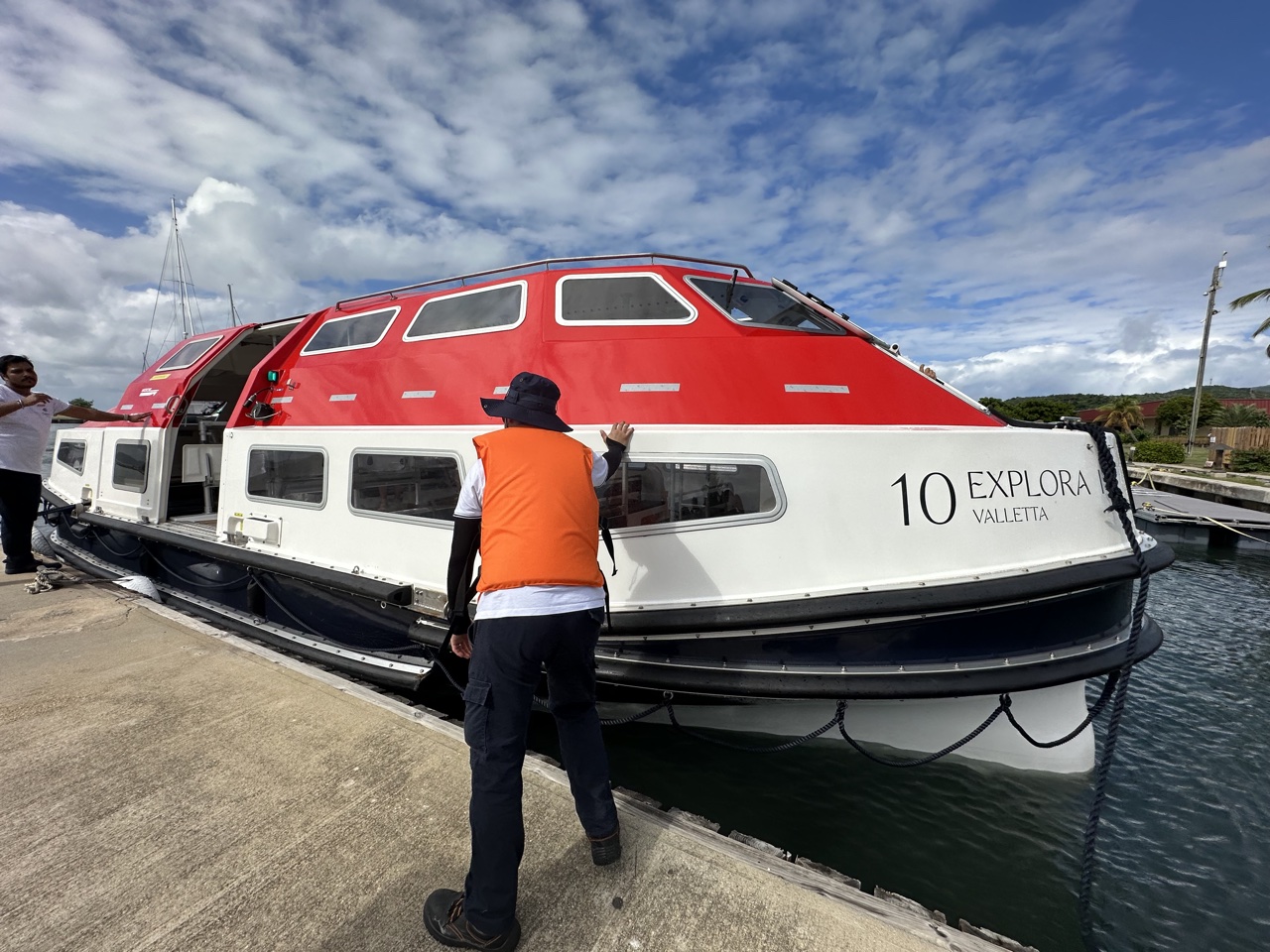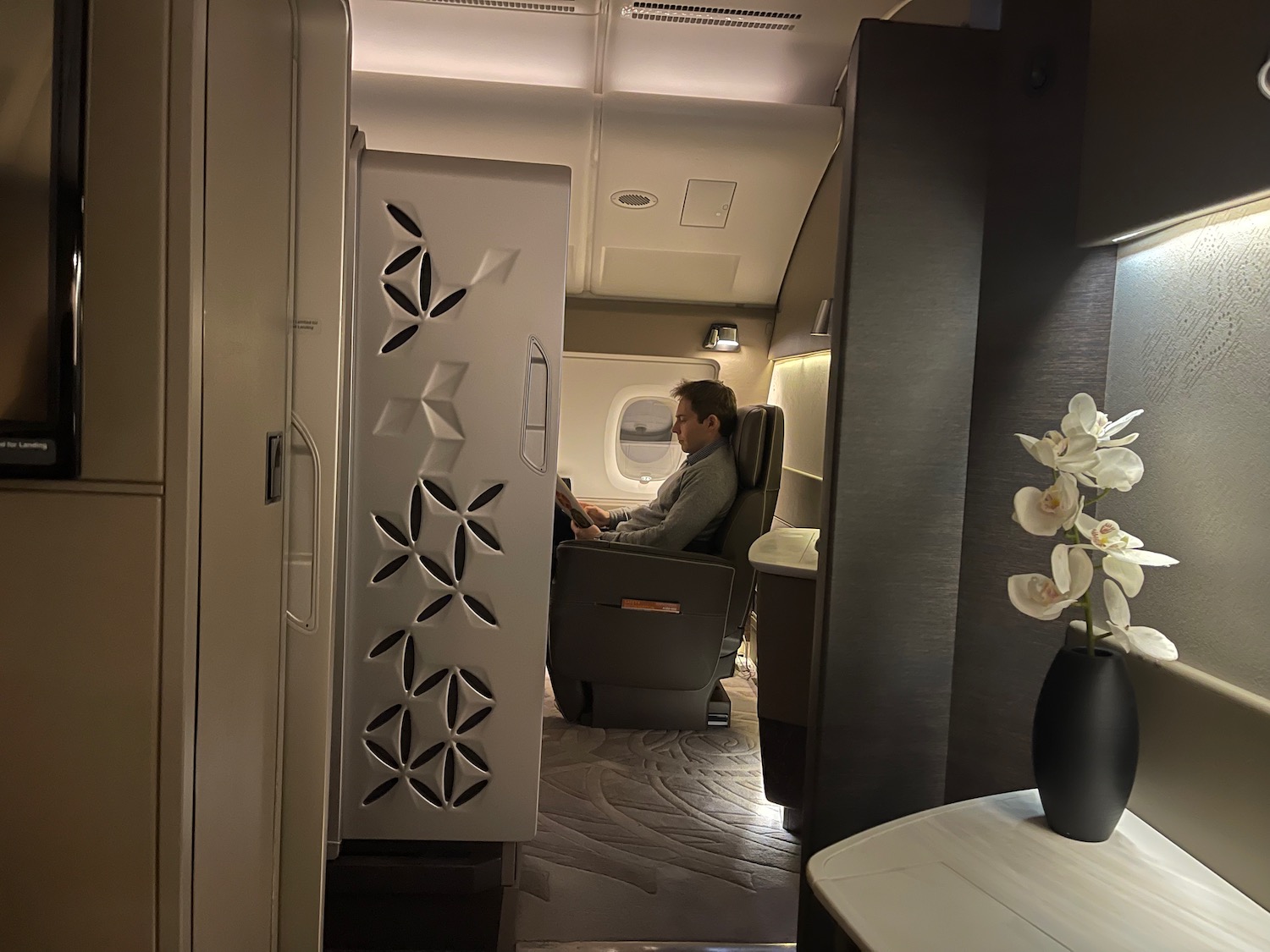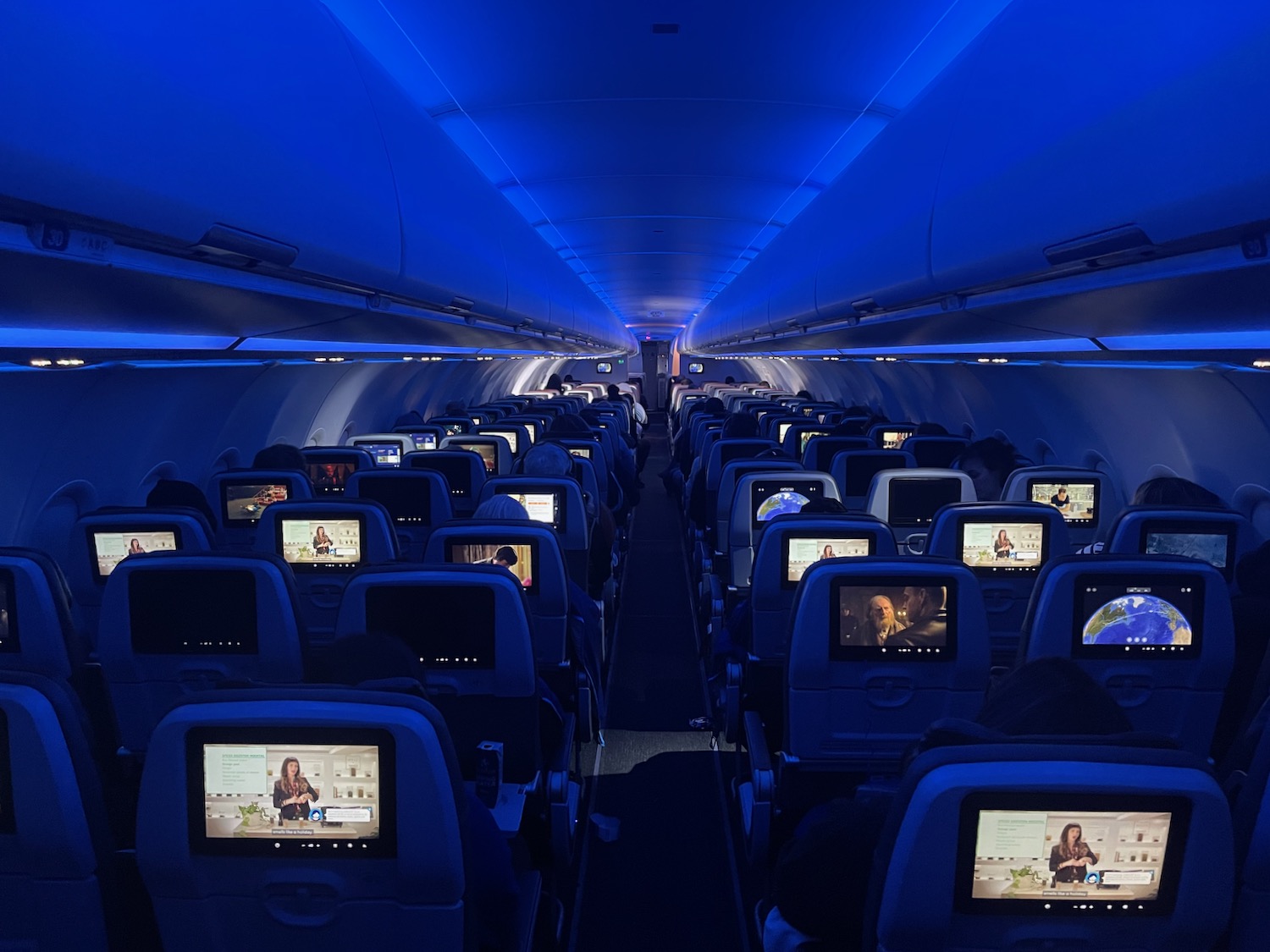Hawaiian Airlines President and CEO Peter Ingram has answered questions about the proposed merger with Alaska Airlines in a memo to employees. Most interestingly is that Hawaiian is open to other suitors, even as it remains optimistic about its...

Hawaiian Airlines President and CEO Peter Ingram has answered questions about the proposed merger with Alaska Airlines in a memo to employees. Most interestingly is that Hawaiian is open to other suitors, even as it remains optimistic about its tie-up with Alaska.
Hawaiian Airlines CEO Address Employee Concern Over Alaska Merger
I’ve included below what I found interesting in the memo and a separate SEC disclosure answering questions about the proposed merger:
1. Hawaiian Airlines Can Still Go It Alone
“[W]e still believe strongly that we can compete on our own. We have done it for decades and continue to do so every day. But, on our own, we think it will be harder, riskier, and take longer to reach a thriving future.”
Hawaiian Airlines may not have been profitable, but it believes it can continue to survive just fine without a merger. Maybe so, but likely not as a global carrier to Asia and Australia.
2. Union Jobs Are Safe, But Non-Union Jobs May Be At Risk
“There is a clear commitment to maintain and grow union-represented jobs in Hawai‘i…For our many non-union teammates, I recognize that the absence of a specific commitment raises even more uncertainty. What we do know is that there will be a need for many of your roles on an ongoing basis because of the size of the combined company’s operational presence in Hawai‘i.”
(bolding mine)
While all union jobs will be secure, no such promise is made to non-union workers. While “many” will be needed, that is quite a different guarantee than those made to unionized employees.
3. On Maintaining Hawaiian Airlines As A Separate Brand
“It is a model that does not exist in the U.S. yet. For both airlines, this will be a process of discovery and learning.”
Outside the USA, we see Air France – KLM or Lufthansa Group subsidiaries have done a superb job of retaining independent brand identity despite operating as one company. On the other hand, those carriers retain separate operating certificates along with maintaining separate brands.
4. Hawaiian Open To Others Offers
“The board, subject to certain constraints, may consider other unsolicited offers for Hawaiian Airlines with the best interest of our shareholders in mind. However, we are focused on the agreement we reached with Alaska Airlines, which we believe is the best path forward for our company.”
While Hawaiian Airlines is willing to entertain offers from other investors, a deal with Alaska is the “focus” for now.
5. Alaska First Approached Hawaiian “A Few Months Ago”
“Alaska Airlines first approached us a few months ago, and our Board of Directors, in consultation with independent advisors, began evaluating the proposal.”
I’m somewhat surprised this all happened so quickly. I wonder how long Alaska Airlines thought about this before approaching Hawaiian?
6. On Flight Attendant Integration
“We will work with Alaska Airlines during the integration process to better understand how In-flight work will proceed under multiple brands after the transaction closes. But we do know that employees will be part of one team, with joint collective bargaining agreements to be negotiated after close.”
Flight attendant integration when it come to seniority is often a contentious issue, but more so than seniority the real wrangling may come down to harmonizing work rules and benefits. Even minimum rest period can be a source of conflict, as it was when Continental and United merged.
7. The Combined Airline Will Be Based In Seattle, With Honolulu To Become “Regional Headquarters”
“While the combined company will be headquartered in Seattle, where Alaska Airlines is based, Honolulu will become a regional headquarters for the combined entity, with significant operations and local leadership. Alaska Airlines currently has other regional headquarters in Anchorage, Alaska, and San Francisco, California.”
Reading between the lines, it seems likely that some jobs for the merged carrier will move to Seattle or become remote…you don’t need loyalty office or aircraft acquisition offices, for example, in both Honolulu and Seattle.
8. Hawaiian Airlines Employees Will Become Alaska Airlines Employees
“At closing of the transaction, Hawaiian will become a wholly owned subsidiary of Alaska Air Group. At some point after closing, we will move to a single operating certificate, at which point Hawaiian Airlines employees remaining with the combined entity will become Alaska Airlines employees.”
The fact that every Hawaiian employee will become an Alaska employee reflects that Hawaiian Airlines will be more a brand than a separate carrier.
9. Miles + Elite Status Will Be Honored…Though Not Necessarily On A 1:1 Basis
“Prior to the closing of the combination, you may continue to earn and redeem HawaiianMiles as you did prior to the announcement. Miles that you earn with Hawaiian Airlines do not expire and your existing miles will be honored – both before and after the combination is official.
“Members who qualify for Pualani Elite status with Hawaiian Airlines will also see their status carried across into the combined program. While the elite tiers of any combined program may not have the same names as our Pualani Elite tiers, it is expected that they will offer comparable or better benefits to what you receive today.”
I expect that Hawaiian miles will become Alaska miles on a 1:1 basis and at least initially, benefits will only be added, not subtracted, for Hawaiian flyers. There is no better way to tick off elites than to devalue benefits and the merger will be undermined if that occurs.
Hawaiian Airlines’ employees are reasonable to ask questions about their job security and the future of Hawaiian as a division of Alaska Airlines. At this point, however, it appears most of the integration will be behind the scenes, with the exception of a unified loyalty program. Merged loyalty programs tend to take the worst of both programs, but hopefully the loyalty folks at Alaska will realize that their unique product is a strong-selling point for flying on the airline itself and work to continue to offer a differentiated and valuable product compared to their US legacy carrier peers.
Finally, as long as we are dreaming, imagine a powerhouse merger between Alaska (strong in the West Coast), Hawaiian, and JetBlue (strong in the East Coast). Creating a major competitor to the “Big Four” (American, Delta, Southwest, and United) actually might bring some competition and innovation to the market.
What are your thoughts on the merger?
















